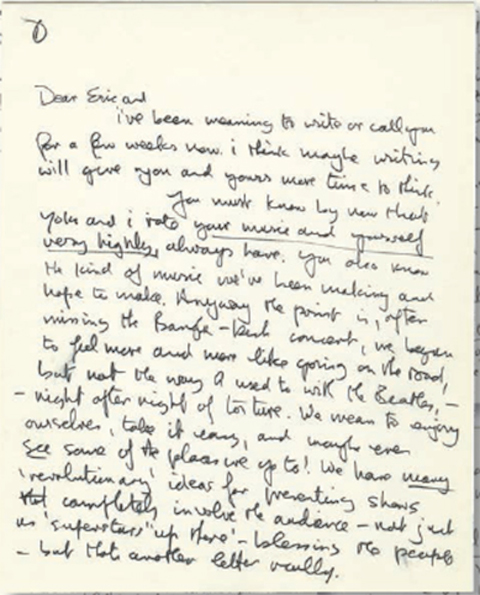If you read the novels and stories of Ursula K. LeGuin and J.G. Ballard, you drop yourself into invented realities both overwhelmingly alien and unsettlingly familiar. And if you heard them on the radio — That Most Intimate of All Media, so they say — wouldn’t those qualities take on a new intensity? Thanks to CBC Radio’s Vanishing Point, a science-fiction anthology series which ran from the mid-1980s to the early 90s, you can do just that and find out for yourself what it feels like to have them piped more or less directly into your mind’s eye. Fans of both LeGuin and Ballard may take exception to the straight labeling of them as “science fiction” authors, and rightly so. The former’s work belongs as much to the tradition of fantasy as to that of sci-fi, and in both modes does a lot of detailed sociological world-building; the latter’s dark psychological dimension and near-nonfictional use of the modern world always prevented easy categorization. Still, I suspect that the makers of Vanishing Point not just knew all this, but understood its appeal.
They must also have realized that neither LeGuin nor Ballard had grown famous for their adaptability. LeGuin’s The Lathe of Heaven got made twice for television, to varying opinions; opinions varied even more when her Earthsea books more recently became a Sci Fi Channel miniseries and a film from Hayao Miyazaki’s animation studio. Ballard’s novel of auto-wreck-eroticism Crash became a cult favorite in the hands of David Cronenberg, but usually his work crosses into other media in a more bizarre fashion (such as the television short of Crash we featured last year). But radio can handle pretty much anything such imaginative writers can throw at it, as you’ll hear in Vanishing Point’s six-part adaptation of LeGuin’s The Dispossessed at the top of the post, or in the Internet Archive playlist of its six adapted Ballard stories just above. History, alas, hasn’t recorded the reaction that LeGuin, always outspoken about others’ treatments of her worlds, had to these CBC dramas. When Rick McGrath of jgballard.ca sent Ballard himself CDs of all the productions in 2004, he received “a great note from him explaining he’d love to listen to them, but he has yet to buy a CD player.” And if I had to make a guess, I’d say that visionary of our alienated, fragmented technological future never got around to picking one up.
Find more sci-fi radio dramatizations in the relateds below.
Related Content:
X Minus One: More Classic 1950s Sci-Fi Radio from Asimov, Heinlein, Bradbury & Dick
Aldous Huxley Reads Dramatized Version of Brave New World
Free: Isaac Asimov’s Epic Foundation Trilogy Dramatized in Classic Audio
The Very First Film of J.G. Ballard’s Crash, Starring Ballard Himself (1971)
1,000 Free Audio Books: Download Great Books for FreeColin Marshall hosts and produces Notebook on Cities and Culture and writes essays on cities, language, Asia, and men’s style. He’s at work on a book about Los Angeles, A Los Angeles Primer. Follow him on Twitter at @colinmarshall or on Facebook.


